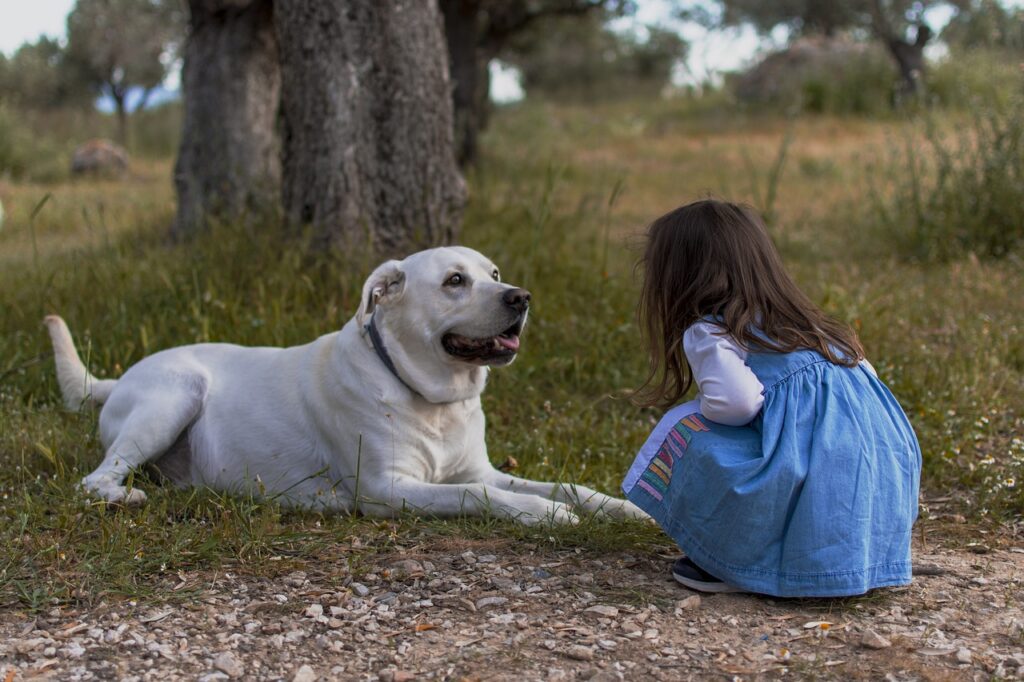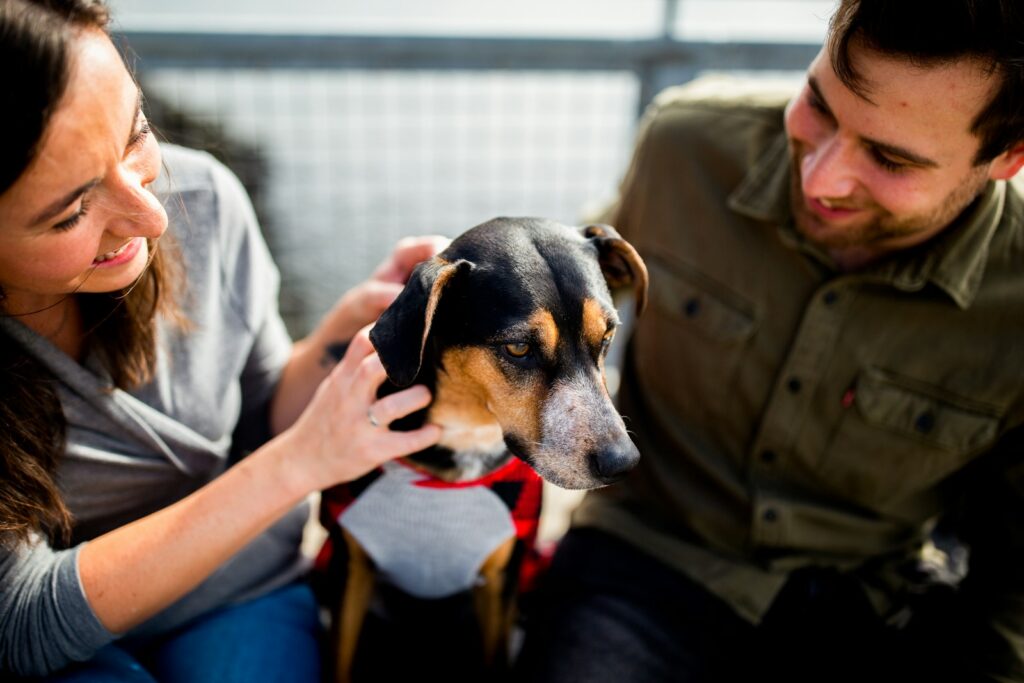The internet’s gone wild over dogs “talking” with push-button boards, but hold your excitement—science says pups might just prefer the old-fashioned way: listening to you directly.
In a brand new study from Eötvös Loránd University in Budapest, researchers gave 17 very good dogs a listening test using those trendy Augmentative Interspecies Communication (AIC) buttons—the ones where each button “says” a word when pressed—and compared it to good old human speech. The results?
Ruff news for button fans.
How the Study Was Conducted

Researchers began with dogs that were already skilled at responding to verbal cues spoken directly by their owners. To test how well dogs could learn from recorded speech, the researchers asked owners to teach their dogs the names of new toys by recording themselves saying the toy names on their phones. During training, owners would say, “Look, this is…” and then play the recording of the toy’s name.
After two weeks, the dogs were tested by hearing only the pre-recorded toy name and being asked to retrieve the correct item from a separate room. While some dogs succeeded, overall performance was lower compared to when owners said the toy name aloud in person. This suggests that while dogs can learn from recorded audio, they respond more accurately to live speech, according to the study.
The Test Results

Turns out, the quality of sound really matters to your furry friend. When their humans gave commands in person like “lie down,” “spin,” or “raise a paw,” the dogs nailed it—almost 100% accuracy. But when those same words were played through a smartphone speaker, their success dropped to about 70%. And with the AIC buttons? A tail-tucking 30%.
According to the researchers, the problem seems to be sound degradation. These AIC buttons compress audio to a degree that makes it harder for dogs to recognize familiar words. The buttons also tend to produce flat, mechanical tones that differ significantly from the nuanced sounds of human speech. Even with words that dogs had been trained to understand, the reduced audio quality affected their performance.
“The frequency analysis showed that the loudspeaker preserves most sound frequencies of human speech; the AIC button loses frequencies that would be necessary to convey human speech to dogs,” explains the co-author, Dr. Tamás Farago.
Why the Confusion, Though?
Those AIC buttons are cute and buzzy on TikTok, but they compress sound in a way that makes it harder for pups to recognize familiar words. The study showed that as the sound got more degraded, dogs just couldn’t make the connection—even with words they knew really well. It’s kind of like trying to understand your human when they’re mumbling through a mouthful of peanut butter.
“Initially, I was genuinely surprised to see dogs looking puzzled and struggling to respond to recorded words emitted on AIC buttons. As probably many people assumed, I believed that dogs perceive those the same way that I do. However, our results were robust and consistent across dog groups and tasks,” said Fumi Higaki, the study’s lead author.
Back to Basics, Bestie

This doesn’t mean dogs can’t ever learn to use buttons—but it does mean they still understand us best the old-school way: natural, face-to-snout communication.
So if you’ve been training your dog to press “walk” or “treat,” keep having fun—but don’t forget the power of your own voice. That sweet sing-songy “Who’s a good boy?!” still reigns supreme.
Because at the end of the day, dogs don’t need high-technology to love us. Just attention, patience, and a voice they trust.






